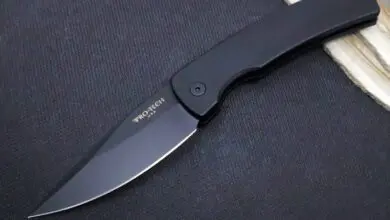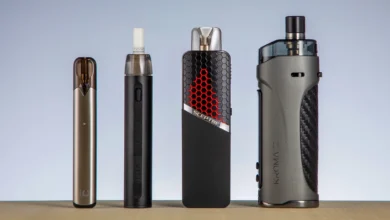AR-15 Lower Receiver Terms Explained
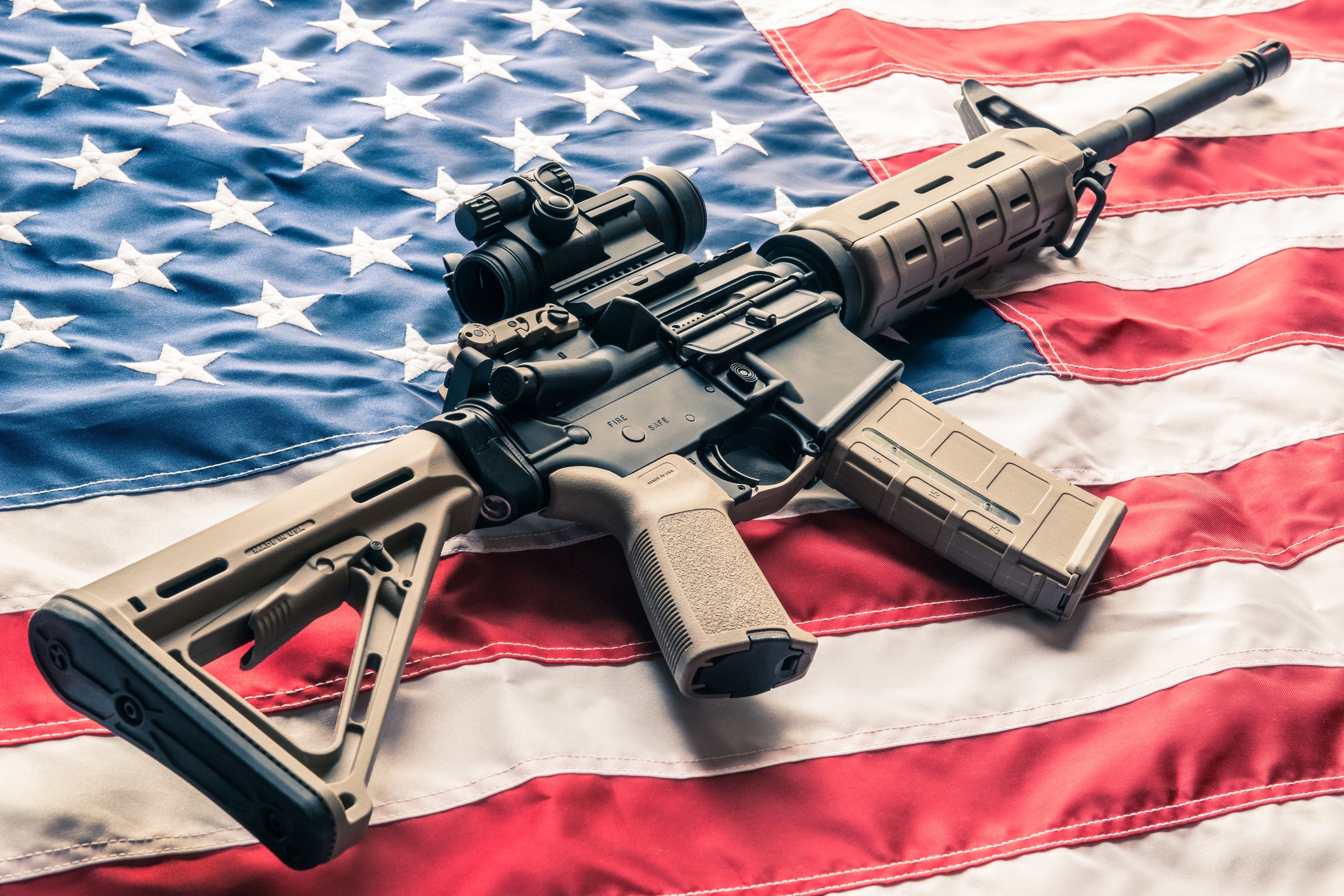
Buying an AR15 lower receiver can be a little intimidating and comes with a fair bit of terminology, so here are ten terms we think you should know before buying an AR15 lower.
The Lower Receiver
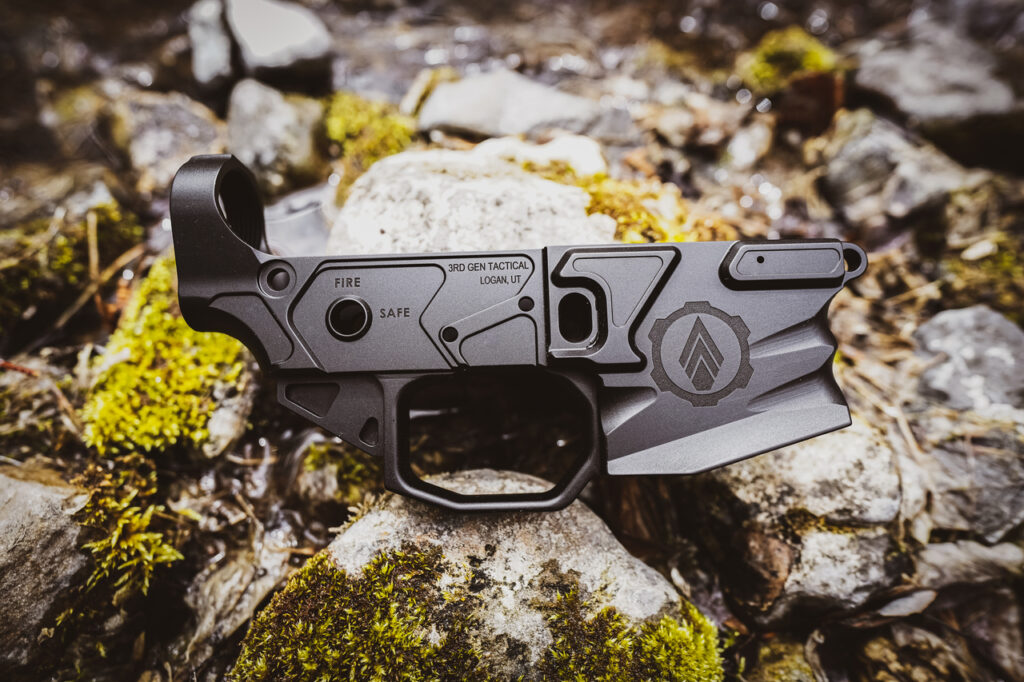
This is the part of an AR15 that houses the trigger, sear, and buffer assembly. This is what you’re trying to buy, and it is considered by the Bureau of Alcohol, Tobacco, and Firearms, to be the “firearm” and thus is subject to all state and federal laws governing ARs.
Thus, you’ll likely have to have it shipped to a firearms dealer. Check out this website for options regarding AR-15 lower receivers, complete rifles, and information regarding how to have them sent to your local FFL.
Billet
this refers to the process by which some lower receivers are made, by which a solid piece of aluminum is machined out until it is in the correct shape.
This is a strong, but heavy method of construction that is often more expensive than other means of making AR15 lower receivers. In the AR community, machined receivers are held to be the cream of the crop, and they often command a premium in price.
Function-wise, most methods of making a lower receiver work well in the hands of the vast majority of shooters, the majority of the time.
Forged
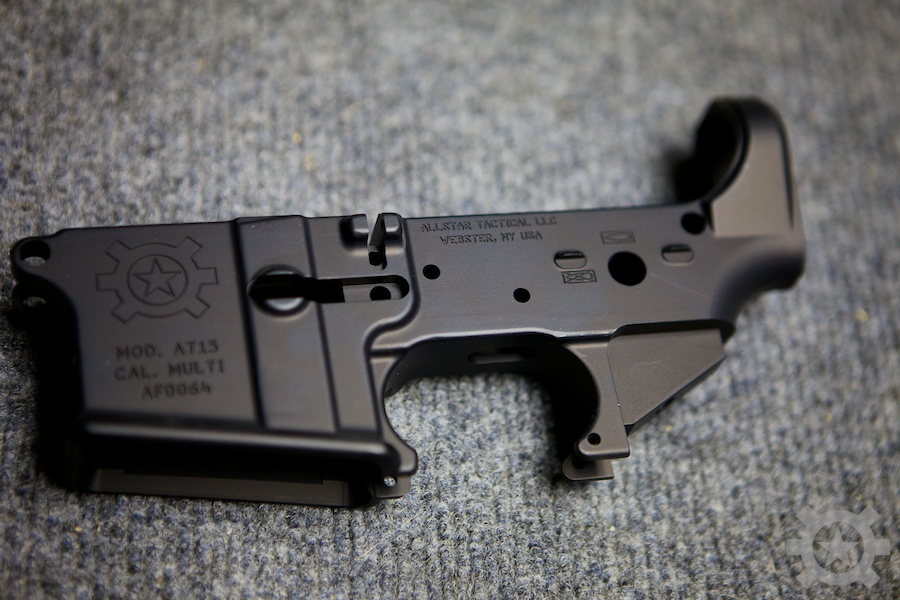
A forged receiver is the basic constituent part of an AR14 lower receiver. This is what is made first, before the machining process is done to finish the rifle.
These are only made at a handful of forging plants in the USA, and many manufacturers and customers, including the US military’s various branches, all get them from the same few suppliers.
The major differences between receivers that were forged come from the later machining process, which I will explain in greater delta shortly. In simple terms, a forged receiver is the most common type, and they work well for the vast majority of ARs on the market today.
Machining
A forge or a billet of aluminum does not come out of the mold in its final shape. As you’ll notice looking at an AR15 lower, there are a number of holes, reinforcements, some threading, a magazine well, and so on.
All of those details are machined into the receiver using a milling machine, often at a factory. These days, some people are also buying receivers that are 80% finished and doing the last few bits themselves to make the rifle their own and avoid having it registered, at the manufacturer, with the ATF.
Mil-spec
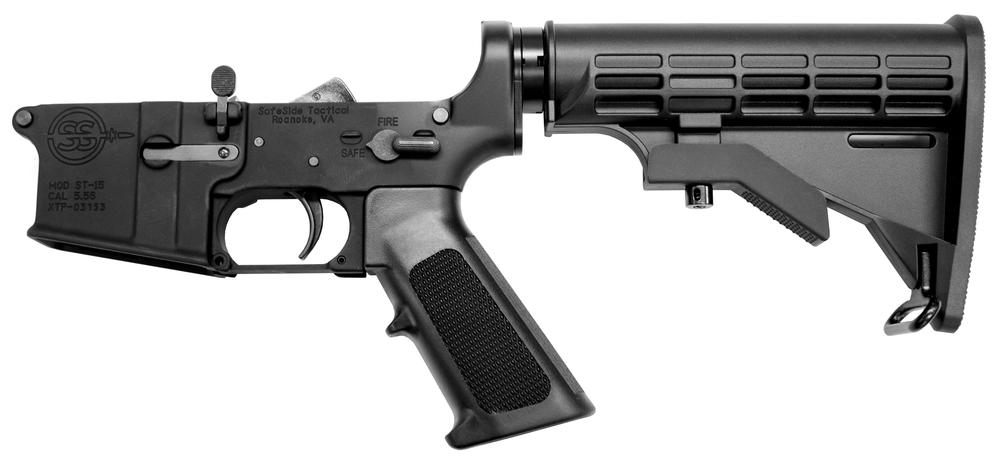
This is a contraction of Military Specification, and it can refer to a few things in the AR lower world.
First, it refers to the overall specifications and dimensions of the receiver if they fit into an established military pattern.
Second, in a complete lower, it can refer to the trigger, which will be done in the same style as military triggers.
Last, it can also refer to the types and colors of finish that are used on the metal. It’s something of a catchall term, and to get specific about what it means, a little context is key.
Stripped
Some receivers are sold as “stripped.” In general terms, this means that all you’ll be getting is the machined and finished piece of aluminum, that will need all of the other parts necessary to make it a functional lower receiver.
These are usually the most affordable option and are a great way to go if you want to customize every aspect of your rifle.
But some folks do get a little daunted at starting with nothing but a block of machined aluminum, so other kinds of receiver kits are also a very popular option, especially with first-time builders.
Complete
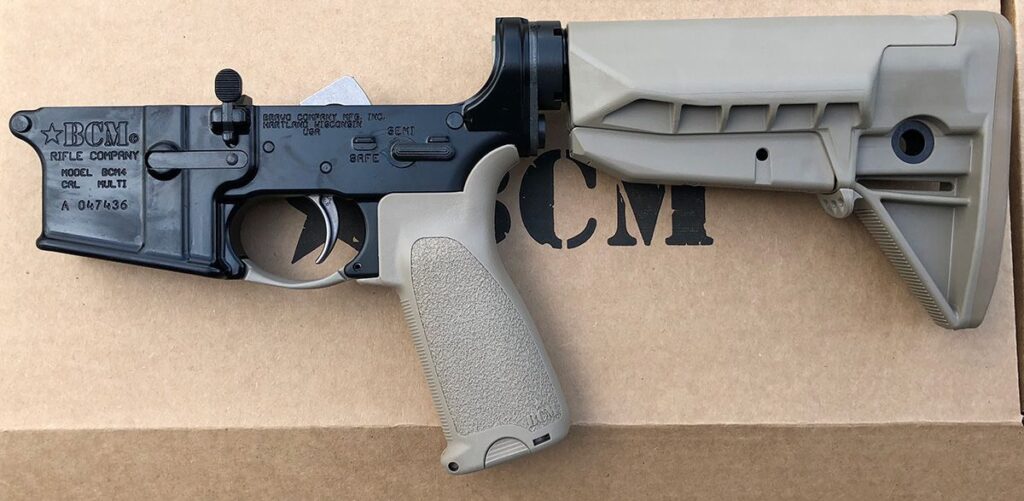
Lowers that come with all of the necessary parts are often labeled as complete. Generally, a complete lower comes with a trigger, sear, magazine catch, bolt release, and buffer tube included.
But that’s just in general. The vitally important thing here is to make sure that every part you’re getting is listed somewhere on the product page before you make a purchase decision. That way, you can ensure that you’re comparing apples to apples.
For example, the addition of a buttstock can add substantial cost in the context of a lower, so writing off a purchase because of dollar value alone, when the cheaper option might not have a stock, might not be wise.
Flared Mag Well
Short for flared magazine well, this is a feature that is getting more common on AR lowers and has been a great feature in competition rifles for a few years now.
Basically, this means that the shape of the magazine well has been made a little bit wider than mil-spec, and thus makes it easier to insert magazines under stress.
Some folks love this feature for home defense guns, as you’re likely to have to reload those under duress or in the dark.
Anodized
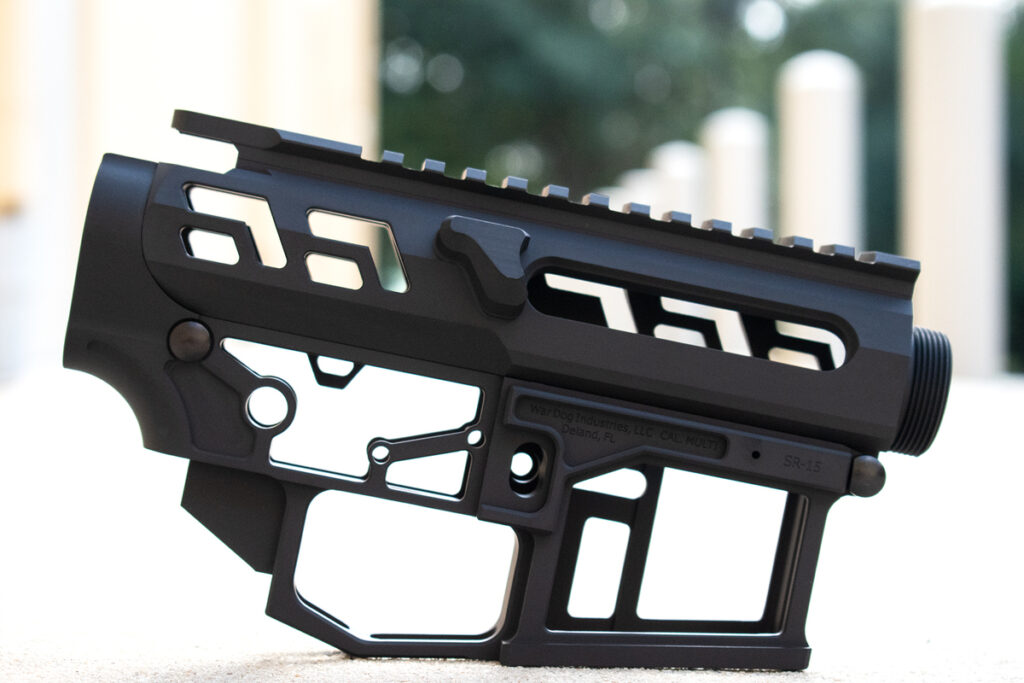
This refers to the outer finish of the receiver. Anodizing is a process by which electrolysis is used to, in effect, oxidize the surface of a piece of metal to make it more resistant to further, uncontrolled oxidation and wear.
In the AR world, this is usually black of some shade, but it can be done in literally any color of the rainbow, and sometimes is used to make an AR look like something out of a video game.
Most ARs come with an anodized finish, though the quality of the process varies by manufacturer, batch, and some other factors.
Cerakote
Cerakote is another finish option for ARs that is a little less common, and a bit more expensive, than traditional anodizing. Cerakote is a ceramic polymer compound that is applied to the metal to provide resistance to wear and oxidation.
It is, in effect, super-hard paint that allows for the rifle to be painted any color or pattern that you can think of, while offering protection.
One thing to keep in mind here, Cerakote does add a tiny bit of additional material to a surface, so it can be an issue in working machine parts with extremely tight tolerances.


